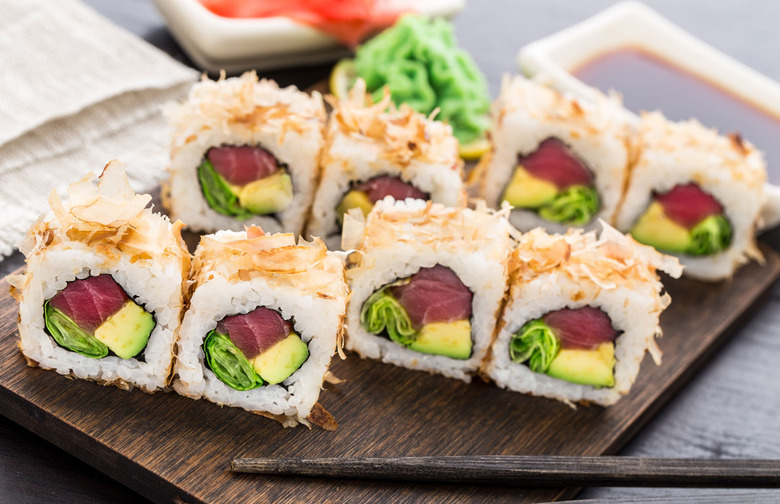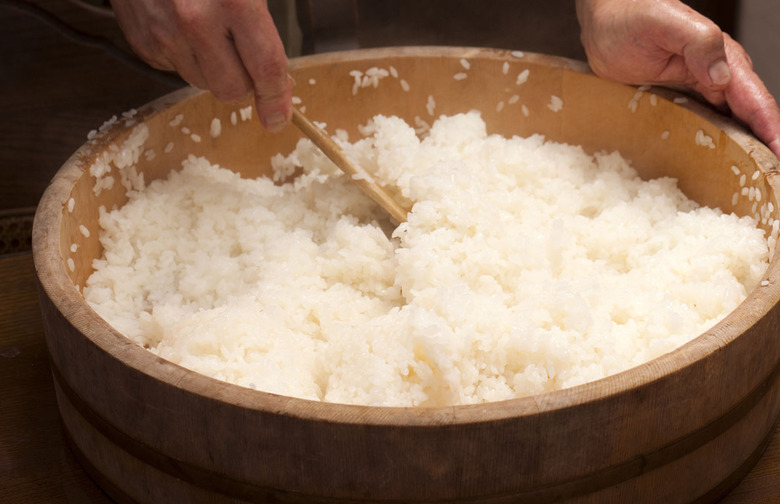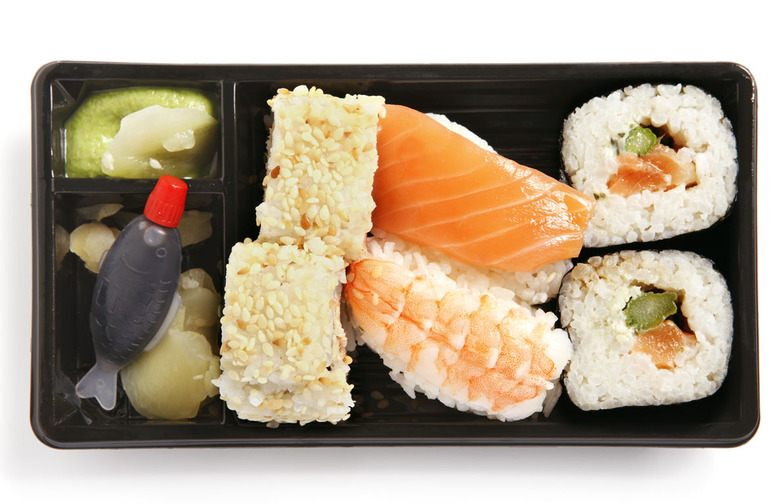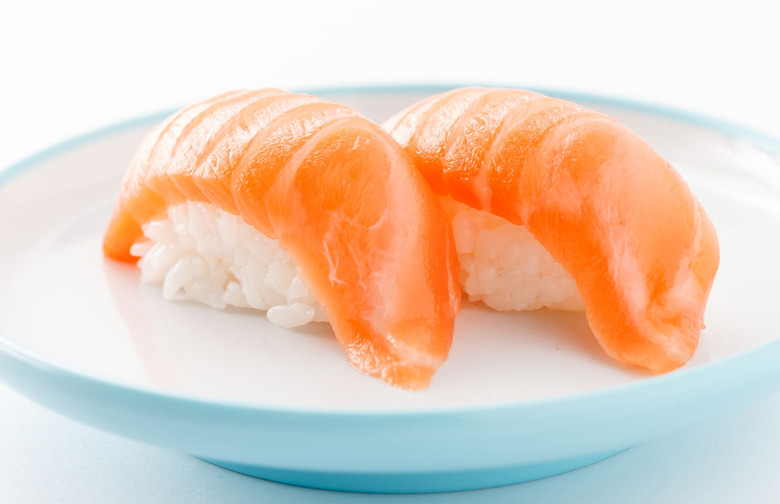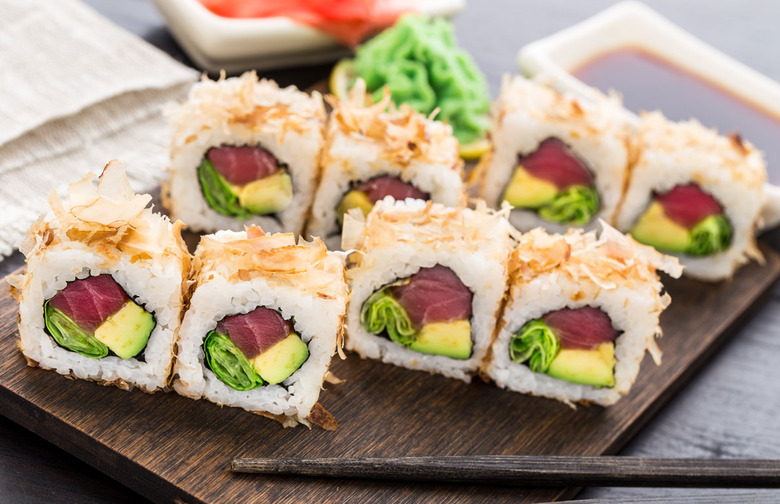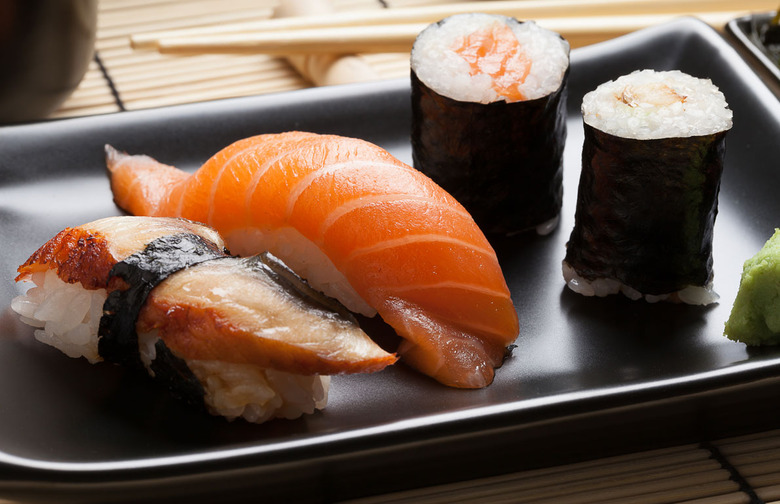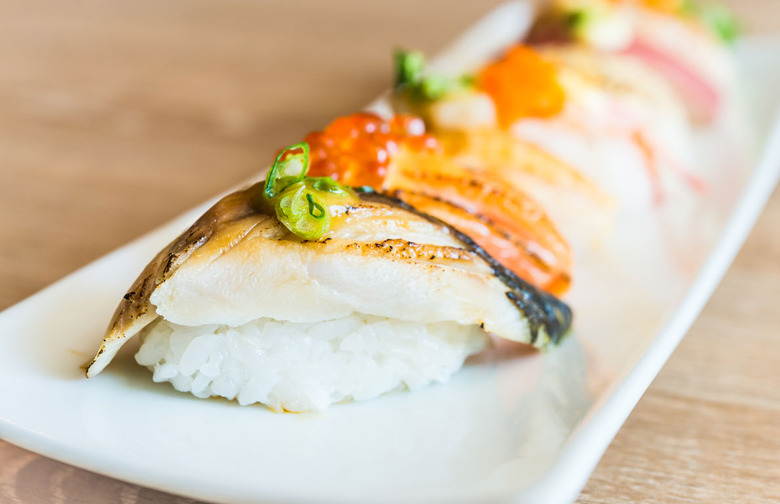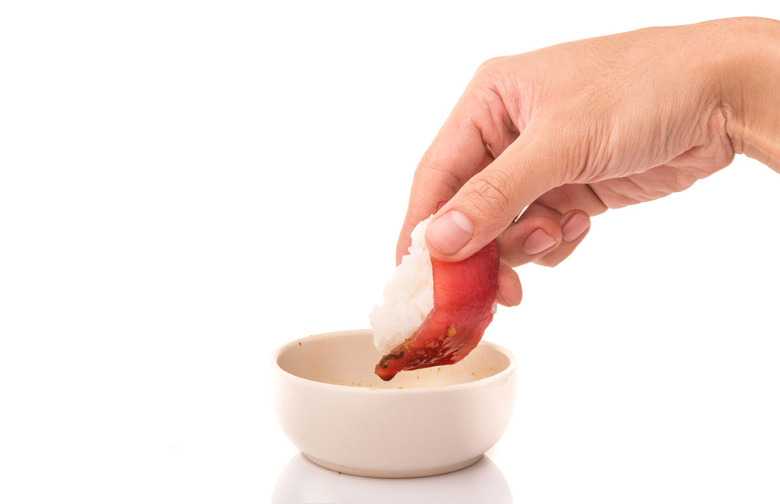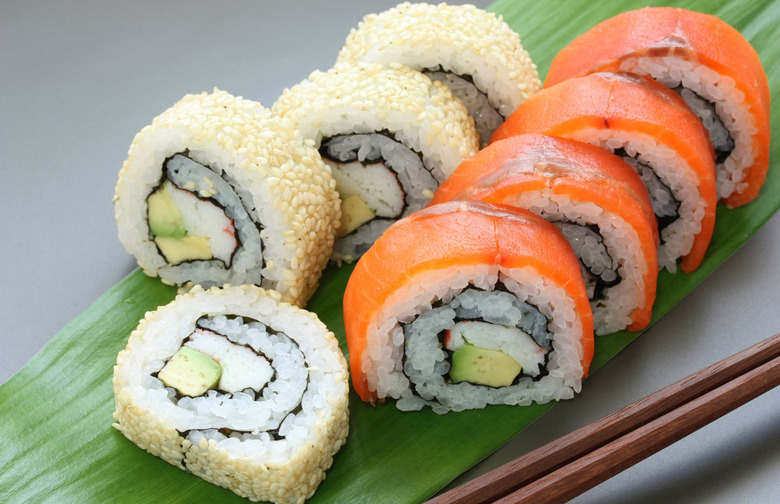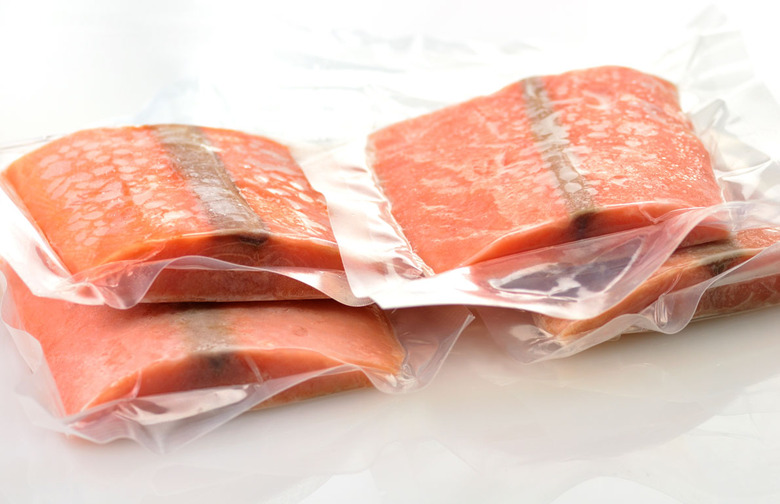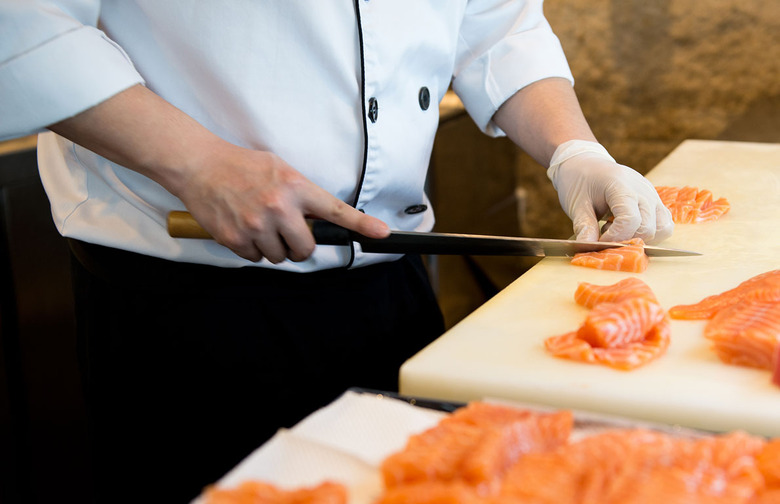10 Things You Didn't Know About Sushi
It's hard to believe that as recently as 25 years ago, sushi was still considered by many Americans to be an exotic delicacy, one too strange and outside-the-box to pay much attention to. The seemingly simple pairing of raw fish and rice was the domain of the adventurous and the very rich, the ones who were looking to impress. Today, however, there are sushi restaurants of just about every stripe across America, from hole-in-the-wall places turning out serviceable California rolls and tuna sashimi to sprawling emporiums run by internationally renowned chefs, from corner neighborhood favorites to upscale counters that might as well be temples to fish and rice. But even if you're a sushi fanatic, we bet that there are some things you didn't know about this deceptively simple food.
The Rice Was Originally Not Eaten, and Helped Ferment the Fish
In the eighth century, a new way of preserving fish was developed in Southeast Asia: a process in which whole fish were salted and wrapped in fermented rice. The primary purpose of the rice was to prevent the fish from spoiling (it was thrown away before the fish was eaten), but over the years, fermentation time decreased and people began eating the rice along with the fish.
It Was an Early Form of Fast Food
By the early 1800s, sushi had become something of a fast food in Tokyo. Chef Hanaya Yohei is generally regarded as having invented "modern-style" sushi at this time, although his fish was generally marinated in soy sauce or lightly cooked to prevent spoilage. Inexpensive sushi stands proliferated, but when they were outlawed by the government due to food standards, the chefs took to opening their own restaurants instead.
Salmon Sushi Wasn’t Invented Until the 1980s
Because salmon isn't native to Japan, it wasn't introduced to the country until the early 1980s, when Norwegians first brought it over.
‘Inside-Out Rolls’ Aren’t Common in Japan
Most rolls found at Japanese restaurants in America these days are "inside-out"; that is, the rice is on the outside and the seaweed (or nori) is on the inside. This is actually a purely American phenomenon; it was created by Ichiro Masahita (likely inventor of the California roll) for Americans who were turned off by seeing — and chewing — the nori on the outside.
Most ‘Sushi’ as We Know It Is Actually Nigiri or Maki
Sushi comes in dozens of varieties, including chirashi (a bowl of rice with fish on top), temaki (a cone-shaped "hand roll"), and oshi (with cooked or cured fish and rice, pressed into a square shape). When you think of "sushi," though, you most likely think of nigiri, which is a slice of raw fish draped over rice, or maki, which is rolled up with nori and rice and sliced. Sashimi is the term for raw fish or shellfish, usually sliced into thin pieces.
Perfecting Nigiri Rice Can Take Years
The rice, which is mixed with vinegar using a wooden paddle, needs to be right about at body temperature and should be sticky enough that it doesn't fall apart as you bring it to your mouth. It should, however, separate into individual grains once you put it in your mouth. This is accomplished by applying the right pressure to the rice so the outer layer is more densely packed than the inside.
It Should Be Eaten with Your Fingers
While sashimi should be eaten with chopsticks, all other sushi should be eaten with your fingers and consumed in one bite.
The Avocado in California Rolls Was Intended to Mimic Fatty Tuna
At Tokyo Kaikan in Los Angeles, sushi chef Ichiro Mashita began experimenting with substituting expensive fatty tuna (o-toro) with avocado, which was in ample supply and also had a fatty, oily texture. Cucumber and crab were added after further experimentation, and the legendary California roll, the first truly American sushi invention, was born.
All Raw Fish in America Must Be Frozen Prior to Serving
In order to kill parasites, the FDA requires that all sushi fish be frozen before serving. Taste tests have shown that this doesn't actually have much of an impact on the finished product, or the quality of the fish, but it does kill nematodes and other parasites in the fish's flesh. Even some sushi bars in Japan freeze their fish.
Fish Is treated with Vinegar or Salt Before Slicing
Just like the rice, the fish must be treated before being sliced and served. Any "fishy" smell is usually neutralized by sprinkling vinegar on top of the fish the morning before it's served (fish treated with vinegar is called su-jime). If the fish is too moist, salt can also be added to reduce the moisture level (this fish is then called shio-jime). The end result should be bright, firm, shiny, not greasy or wet, and clean-tasting.
